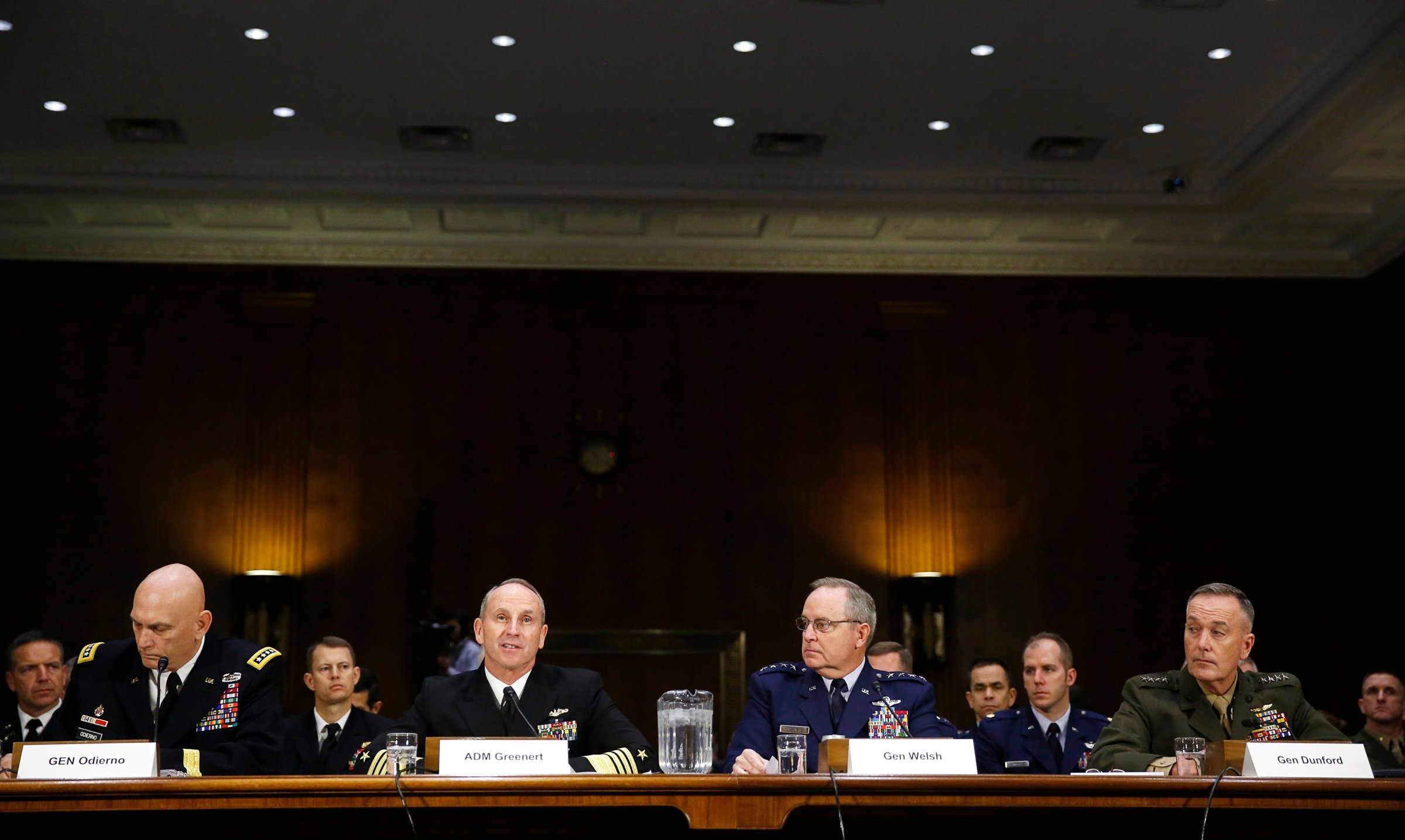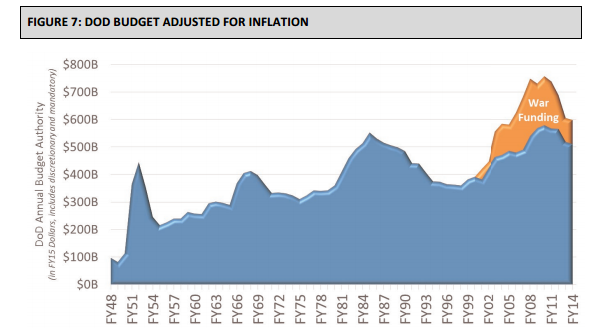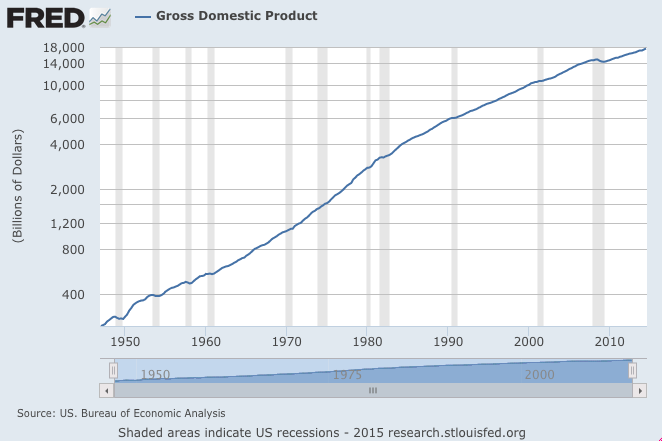
The White House will be seeking $534 billion to run the Pentagon next year when it sends its 2016 budget request to Congress on Monday.
That would be—despite the cries we keep hearing from assorted generals—the largest Pentagon budget in history.
That’s because President Obama is ignoring the budget caps imposed by the legislative legerdemain known as sequestration: he will ask Congress (which, along with the President, imposed those caps in 2011) for $34 billion more than sequestration allows (there’s another $51 billion in the request, exempt from the caps, for waging ongoing wars in Afghanistan, Iraq and Syria).
The Pentagon finds itself on the horns of a dilemma: a growing number of congressional Republicans have been more eager to tame spending than fund the military. If the military can’t succeed in loosening sequestration’s grip on the Pentagon’s coffers, across-the-board cuts in personnel, procurement and training are certain.
For four years, the Pentagon and its allies in Congress have fought the budget caps. Their inaction has kept the Defense Department from learning to live within them, and the retooling and reforms such an acknowledgement would require. Their fight continues, which is why the service chiefs trekked to Capitol Hill Wednesday for the umpteenth time to plead with the Senate Armed Services Committee to relax sequestration’s strictures.
The guys on the ground say they’re losing the edge. “The number one thing that keeps me up at night is that if we’re asked to respond to an unknown contingency, I will send soldiers to that contingency not properly trained and ready,” Army General Ray Odierno said. “We simply are not used to doing that.” His Marine counterpart concurred. “I think I probably speak for all the chiefs, none of us want to be part of, on our last tour on active duty, want to be a part of returning back to those days in the 1970s when we did have in fact a hollow force,” General Joseph Dunford said.
The guys on the water and in the sky—where technology pays its biggest dividends—warned the bad guys are catching up. “We’re slipping behind,” Admiral Jonathan Greenert, the chief of naval operations, said. “Our advantage is shrinking very fast.”
“We currently have 12 fleets of airplanes that qualify for antique license plates in the state of Virginia,” General Mark Welsh, the Air Force chief of staff, said. “The capability gap is closing…the people trying to catch up with us technologically…have momentum. If [they] get too close, we won’t be able to recover before they pass us.”
But the chiefs were preaching to the wrong audience: the armed services committee, packed with lawmakers with major defense installations or factories back home, has long been a bastion of pro-Pentagon lawmakers.
How draconian are sequestration’s budget cuts? It’s tough keeping track of how much the U.S. spends on its military, in part because there are several yardsticks to keep track. If you want to boost spending, you use one yardstick; if you want to cut it, you use another.

For example, simply using dollars (adjusted for inflation) shows U.S. military spending jumped by 61% from 1998 to 2010. U.S. defense spending in 2010 eclipsed the peak of the Reagan-era defense buildup, designed to defeat the Soviet Union. Military spending has fallen 12% from 2010’s crest. And when you fold in the added funding the Pentagon got to wage the wars in Afghanistan and Iraq, the drop is a steeper 21%.
This is a problem of the Pentagon’s own making. It routinely took defense dollars that were supposed to be used to fight the wars and used them to buy new hardware and for other, non-war-related expenses. Like any addict, it got used to this easy access to spending euphoria.
That makes withdrawal from such easy money all the tougher: if war funding had been only used for wars, ending the wars would end the need for that money. But seeing as much of the funding bought what should have been paid for by the Pentagon’s so-called “base” budget, weaning itself from its war-fattened budgets is proving painful.
Then there’s another way to measure Pentagon spending: what share of the national economy is dedicated to defense? Since World War II, the nation has spent about a nickel of every dollar created by the U.S. economy on its military, or 5%. It’s now down to about 3.5%. If sequestration remains the law, the Pentagon’s share of the national economic pie will fall to 2.5% by 2019, the smallest slice since the end of World War II.

Those who want to spend more on the Pentagon cite this decline as proof the nation is starving the military. That’s only true, of course, if one assumes the enemy is the Gross Domestic Product.

The challenge for the U.S. military is obvious. The lawmakers, obligated “to raise and support Armies” under the Constitution, are concerned with global instability and terrorism.
But the 13 years, nearly 7,000 American lives and three trillion American dollars spent in Afghanistan and Iraq weigh heavily on their minds. It’s obvious most of them don’t feel that more military money is the answer.
More Must-Reads from TIME
- Cybersecurity Experts Are Sounding the Alarm on DOGE
- Meet the 2025 Women of the Year
- The Harsh Truth About Disability Inclusion
- Why Do More Young Adults Have Cancer?
- Colman Domingo Leads With Radical Love
- How to Get Better at Doing Things Alone
- Michelle Zauner Stares Down the Darkness
Contact us at letters@time.com